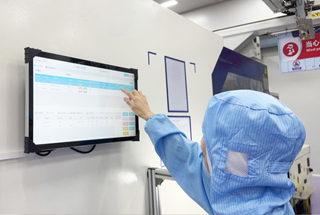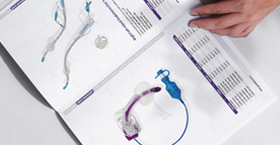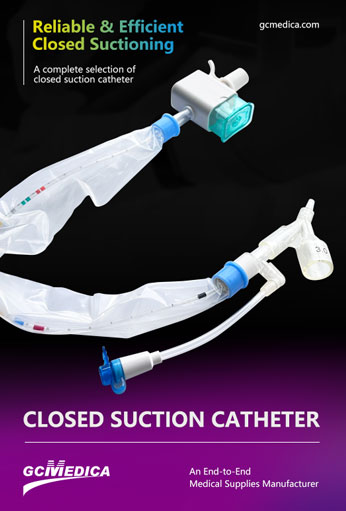Effective tracheostomy care demands a reliable closed suction catheter system to manage airway secretions while preserving ventilation. A closed suction catheter allows clinicians to aspirate secretions without disconnecting the patient from the ventilator, maintaining positive end-expiratory pressure (PEEP) and reducing the risk of hypoxemia and ventilator-associated pneumonia (VAP).
| Closed Suction Catheter > |
Key Benefits of Closed Suction Catheter in Trach Care
Continuous Ventilation: Suctioning occurs within a sealed circuit, preventing loss of PEEP and desaturation.
Infection Control: The catheter remains encased in a sterile sheath, minimizing microbial contamination and cross-infection.
Patient Comfort: Reduced airway trauma and stress by eliminating repeated circuit disconnections.
Cost-Effectiveness: Lower incidence of VAP shortens ICU stays and decreases antibiotic utilization.
Step-by-Step Trach Care Procedure
Preparation: Verify patient identity, review ventilator settings, don appropriate PPE, and ensure closed suction catheter integrity.
Insertion: Gently advance the catheter until mild resistance is felt—do not exceed the recommended depth to avoid mucosal injury.
Suctioning: Apply intermittent suction (10–15 seconds), slowly withdrawing the catheter while observing secretion clarity and volume.
Flushing & Assessment: After suctioning, flush the catheter with sterile saline, monitor respiratory parameters, and document the procedure.
Infection Prevention and Maintenance
System Replacement: Change the closed suction catheter every 72 hours or per manufacturer guidelines to maintain sterility.
Hand Hygiene & PPE: Strict adherence to handwashing and use of gloves, gown, and mask before and after trach care.
Staff Education: Regular training on catheter handling, depth markings, and emergency protocols ensures consistent care quality.
By integrating a closed suction catheter into routine tracheostomy care, healthcare teams can optimize airway management, improve patient outcomes, and reduce ICU-related infections.


 Français
Français Español
Español Products
Products

 About Us
About Us












